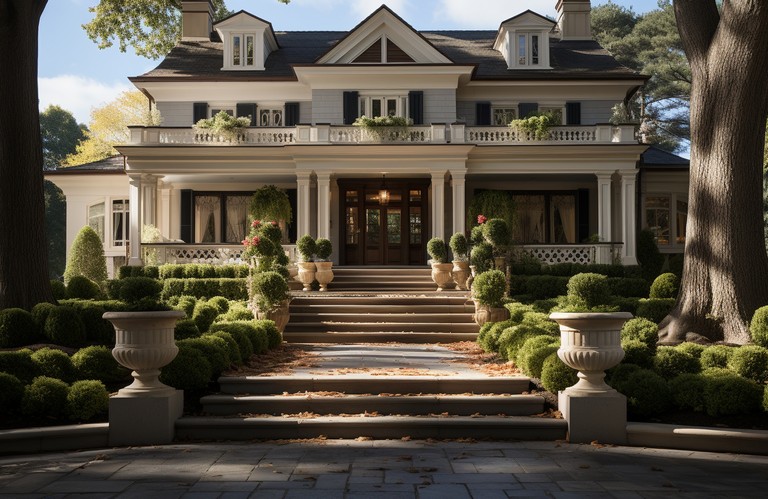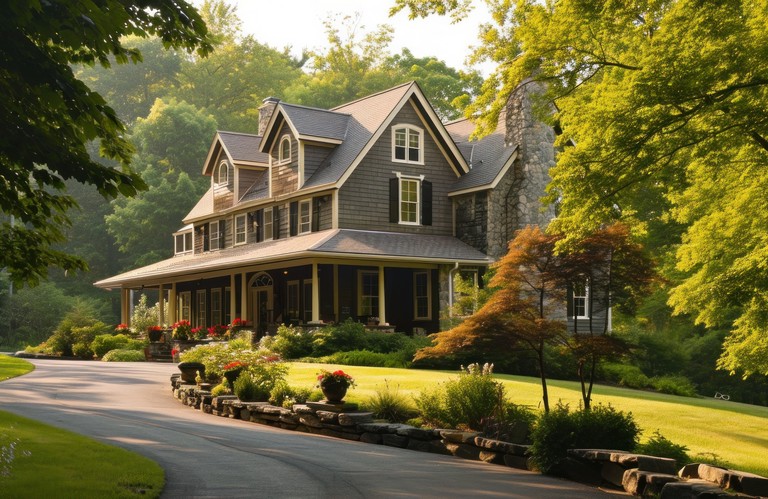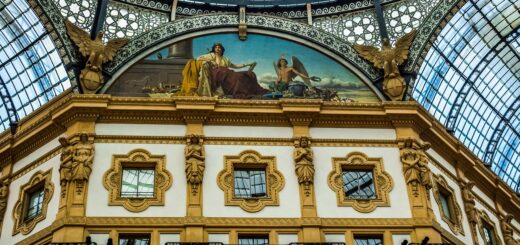Let’s Knows about American Architectural Styles
American architectural styles have evolved over the centuries, reflecting the diverse influences and cultural shifts within the United States. Here are some key American architectural styles:-

Colonial Style (1600s-1700s)
Characteristics: Symmetrical facades, steep roofs, dormer windows, and brick or wood exteriors.
Examples: Georgian and Federal styles.
Victorian Era (1837-1901)
Characteristics: Ornate details, asymmetry, steep roofs, bay windows, and eclectic combinations of materials.
Examples: Italianate, Second Empire, Queen Anne, and Stick styles.
Greek Revival (1820-1860)
Characteristics: Inspired by classical Greek architecture, featuring columns, symmetry, and pediments.
Examples: Antebellum plantation houses often exhibit Greek Revival elements.
Gothic Revival (1840-1880)
Characteristics: Pointed arches, steep gables, and intricate tracery.
Examples: Collegiate and church buildings often adopted Gothic Revival elements.
Colonial Revival (late 19th-early 20th century)
Characteristics: Reviving colonial-era architecture with modern interpretations, often seen in residential designs.
Examples: Colonial Williamsburg’s restoration influenced this style.
Craftsman (early 20th century)
Characteristics: Emphasis on craftsmanship, overhanging eaves, exposed rafters, and use of natural materials.
Examples: Bungalows and Craftsman-style homes.
Art Deco (1920s-1930s)
Characteristics: Geometric shapes, sleek lines, and decorative elements influenced by technology and modernity.
Examples: Skyscrapers, theaters, and public buildings.
Mid-Century Modern (1940s-1960s)
Characteristics: Open floor plans, large windows, flat planes, and integration with nature.
Examples: Eichler homes and designs by architects like Frank Lloyd Wright.
Ranch Style (1940s-1970s)
Characteristics: Single-story, low-pitched roofs, open floor plans, and large windows.
Examples: Suburban homes popularized in the post-World War II era.
International Style (1930s-1960s)
Characteristics: Minimalist design, use of glass, steel, and concrete, and flat roofs.
Examples: Lever House in New York City, Farnsworth House by Mies van der Rohe.
Postmodern (1970s-2000s)
Characteristics: Eclectic, often playful combinations of historical and modern elements, breaking from the strict functionalism of Modernism.
Examples: AT&T Building in New York City (often referred to as the “Chippendale” building).
Neo-Eclectic/Neo-Traditional (late 20th century)
Characteristics: A revival of historical styles with a contemporary twist.
Examples: New buildings that draw inspiration from various historical styles.
These architectural styles represent a sampling of the diverse and dynamic history of American architecture. Architectural trends continue to evolve, and contemporary designs often incorporate elements from multiple styles.









